Storing Vegetables (and Fruits, Too)
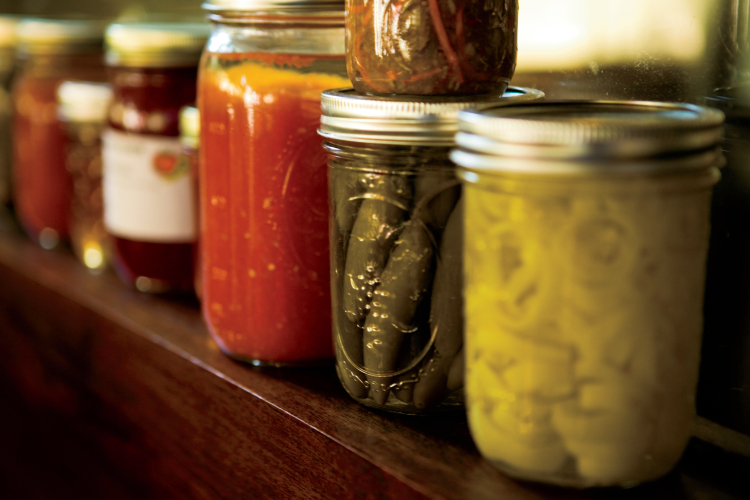
Remember going down into that dirt cellar to get potatoes to peel for dinner? The potatoes lasted all winter long in that dark, cool area. On the farm we used to bury sugar baby watermelons in the oats bin to keep and dine on the melons in November. Even if you don’t have a farmhouse, you can still consider saving some of summer’s bounty for cold winter days just like Grandmother did.
Cold Storage for Root Vegetables
Potatoes, onions, garlic, beets and carrots may be stored in unheated cellars, cool porches, a refrigerator or a root storage bin.
No cellar or cool porch? Make your own root storage bin out of a tub, wooden box, 5-gallon bucket or plastic-lined cardboard box. First, put in a couple of inches of barely moist sand in the bottom. Lay the vegetables on the sand in a single layer, spread out enough so they don’t touch. Cover the veggies completely with sand and continue layering until full. Top with a layer of moist sand. Keep in a cool, dark place. Note that the container will be heavy.
Food Storage Resrouces
Storing Fruits and Vegetables
Colletta’s Suggested Food Dehydrator
You can also harvest winter squash and pumpkins with a portion of the stem left on after the frost kills the vine. Cure the squash by keeping them at warm, dry temperatures for a few days until the outer skin is hard and any abrasions are healed. Then store in a cool, 60-degree area – under the bed in that unused bedroom is perfect.
Onions need to be cured until the skins are papery and the roots dried. After curing, hang them in mesh bags in a cool (just above freezing), dark and dry area. Strong onions store the best. Garlic can be treated in the same manner.
Keeping Fruits, Herbs and Fresh Vegetables
Berries and pitted cherries can be frozen. For corn on the cob, blanch the corn and then shave off the cob or freeze the entire cob for a winter treat. Peaches and pears can be processed with a hot bath in jars. Vegetables such as green beans can be frozen or canned using a pressure canner. Find a link to resources on home canning on our website, or contact your county’s Purdue Extension office to request additional information.
Herbs may be dried by hanging upside down. A food dehydrator is yet another way to preserve produce.
Now the most popular fruit we grow: tomatoes. A ripe tomato will keep one month. Just before the frost, pick green tomatoes, wrap in paper and place in boxes to ripen. Alternately, you can simply freeze whole tomatoes in a plastic freezer bag to be used in chili or sauces. There is nothing better on a cold winter day than a hot baked potato or a cup of tomato soup made from tomatoes that came from your garden.




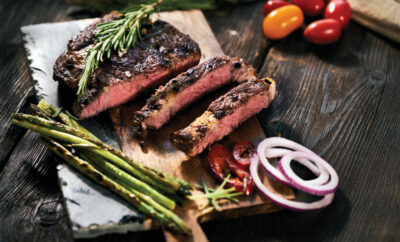
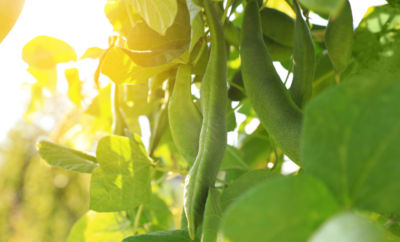
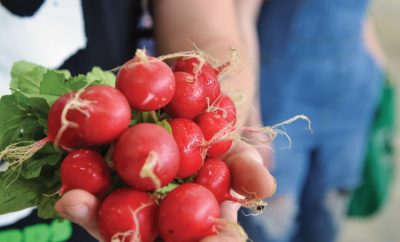
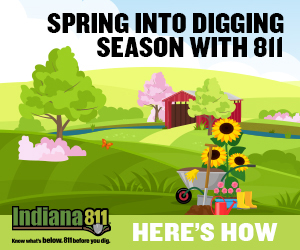


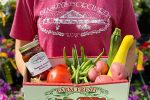


 My Indiana Home is produced for Indiana Farm Bureau members. Our mission is to connect you with the food you eat, the Indiana farmers who grow it and a rural lifestyle that is uniquely Hoosier.
My Indiana Home is produced for Indiana Farm Bureau members. Our mission is to connect you with the food you eat, the Indiana farmers who grow it and a rural lifestyle that is uniquely Hoosier.
Sarah Smith
November 30, 2020 at 7:35 pm
Thanks for explaining that you can make a cold storage area if you don’t have a porch or cellar. Personally, I would rather rent a cold storage trailer. I will have to look into our options, but I think that would be best because I have a ton of vegetables from this year’s harvest. https://www.indymobilecoolers.com/cold-storage-options